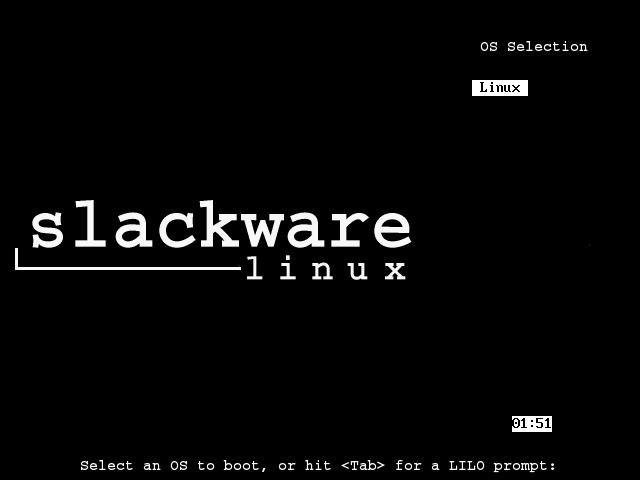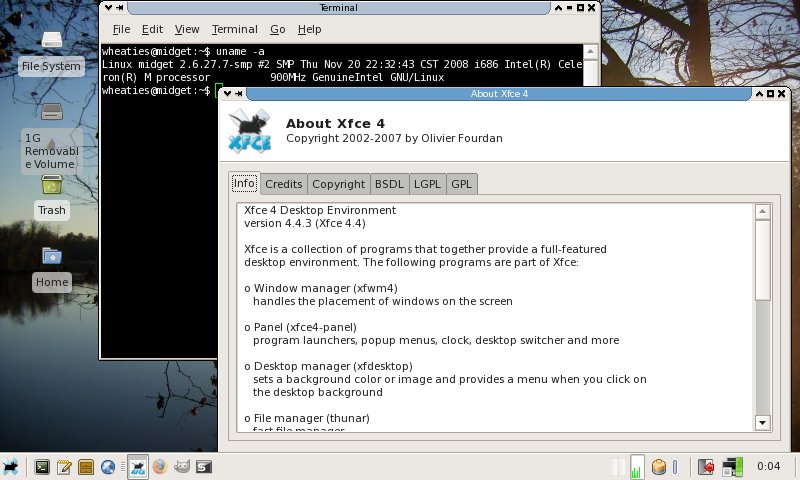This article is a related to my previously posted article about installing Django, an advanced Web framework for perfectionists, on your own computer. Now we will learn how to install Django on a shared hosting account, using Site5 and fastcgi as an example. Depending on your host, you may or may not have to request additional privileges from the support team in order to execute some of these commands.
Note: Django requires at least Python 2.3. Newer versions of Python are preferred.
Note: This HOWTO assumes familiarity with the UNIX/Linux command line.
Note: If the wget command doesn't work for you (as in you don't have permission to run it), you might try curl [url] -O instead. That's a -O as in upper-case o.
Install Python
Site5 (and many other shared hosting providers that offer SSH access) already has Python installed, but you will want to have your own copy so you can install various tools without affecting other users. So go ahead and download virtual python:
mkdir ~/downloads
cd ~/downloads
wget http://peak.telecommunity.com/dist/virtual-python.py
Virtual Python will make a local copy of the installed Python in your home directory. Now you want to make sure you execute this next command with the newest version of Python available on your host. For example, Site5 offers both Python 2.3.4 and Python 2.4.3. We want to use Python 2.4.3. To verify the version of your Python, execute the following command:
python -V
If that displays Python 2.3.x or anything earlier, try using python2.4 -V or python2.5 -V instead. Whichever command renders the most recent version of Python is the one you should use in place of python in the next command. Since python -V currently displays Python 2.4.3 on my Site5 sandbox, I will execute the following command:
python ~/downloads/virtual-python.py
Again, this is just making a local copy of the Python installation that you used to run the virtual-python.py script. Your local installation is likely in ~/lib/python2.4/ (version could vary).
Make Your Local Python Be Default
To reduce confusion and hassle, let's give our new local installation of Python precedence over the system-wide Python. To do that, open up your ~/.bashrc and make sure it contains a line similar to this:
export PATH=$HOME/bin:$PATH
If you're unfamiliar with UNIX-based text editors such as vi, here is what you would type to use vi to make the appropriate changes:
-
vi ~/.bashrc to edit the file
- go to the end of the file by using the down arrow key or the j key
- hit o (the letter) to tell vi you want to start typing stuff on the next line
- type export PATH=$HOME/bin:$PATH
- hit the escape key
- type :x to save the changes and quit. Don't forget the : at the beginning. Alternatively, you can type :wq, which works exactly the same as :x.
Once you've made the appropriate changes to ~/.bashrc, you need to make those changes take effect in your current SSH session:
source ~/.bashrc
Now we should verify that our changes actually took place. Type the following command:
which python
If they output of that command is not something like ~/bin/python or /home/[your username]/bin/python, something probably didn't work. If that's the case, you can try again, or simply remember to use ~/bin/python instead of python throughout the rest of this HOWTO.
Download Django
Let's now download the most recent development version of Django. SSH into your account and execute the following commands (all commands shall be executed on your host).
svn co http://code.djangoproject.com/svn/django/trunk ~/downloads/django-trunk
Now we should make a symlink (or shortcut) to Django and put it somewhere on the Python Path. A sure-fire place is your ~/lib/python2.4/site-packages/ directory (again, that location could vary from host to host):
ln -s ~/downloads/django-trunk/django ~/lib/python2.4/site-packages
ln -s ~/downloads/django-trunk/django/bin/django-admin.py ~/bin
Now verify that Django is installed and working by executing the following command:
python -c "import django; print django.get_version()"
That command should return something like 1.0-final-SVN-8964. If you got something like that, you're good to move onto the next section. If, however, you get something more along the lines of...
Traceback (most recent call last):
File "<string>", line 1, in ?
ImportError: No module named django
...then your Django installation didn't work. If this is the case, make sure that you have a ~/downloads/django-trunk/django directory, and also verify that ~/lib/python2.4/site-packages actually exists.
Installing Dependencies
In order for your Django projects to become useful, we need to install some other packages: PIL (Python Imaging Library, required if you want to use Django's ImageField), MySQL-python (a MySQL database driver for Python), and flup (a utility for fastcgi-powered sites).
easy_install -f http://www.pythonware.com/products/pil/ Imaging
easy_install mysql-python
easy_install flup
Sometimes, using easy_install to install PIL doesn't go over too well because of your (lack of) permissions. To circumvent this situation, you can always download the actual PIL source code and install it manually.
cd ~/downloads
wget http://effbot.org/downloads/Imaging-1.1.6.tar.gz
tar zxf Imaging-1.1.6.tar.gz
cd Imaging-1.1.6
ln -s ~/downloads/Imaging-1.1.6/PIL ~/lib/python2.4/site-packages
And to verify, you can try this command:
python -c "import PIL"
If that doesn't return anything, you're good to go. If it says something about "ImportError: No module named PIL", it didn't work. In that case, you have to come up with some other way of installing PIL.
Setting Up A Django Project
Let's attempt to setup a sample Django project.
mkdir -p ~/projects/django
cd ~/projects/django
django-admin.py startproject mysite
cd mysite
mkdir media templates
If that works, then you should be good to do the rest of your Django development on your server. If not, make sure that ~/downloads/django-trunk/django/bin/django-admin.py exists and that it has a functioning symlink (shortcut) in ~/bin. If not, you'll have to make adjustments according to your setup. Your directory structure should look something like:
- projects
- django
- mysite
- media
- templates
- __init__.py
- manage.py
- settings.py
- urls.py
Making A Django Project Live
Now we need to make your Django project accessible from the Web. On Site5, I generally use either a subdomain or a brand new domain when setting up a Django project. If you plan on having other projects accessible on the same hosting account, I recommend you do the same. Let's assume you setup a subdomain such as mysite.mydomain.com. On Site5, you would go to ~/public_html/mysite for the next few commands. This could differ from host to host, so I won't go into much more detail than that.
Once you're in the proper place, you need to setup a few things: two symlinks, a django.fcgi, and a custom .htaccess file. Let's begin with the symlinks.
ln -s ~/projects/django/mysite/media ~/public_html/mysite/static
ln -s ~/lib/python2.4/site-packages/django/contrib/admin/media ~/public_html/mysite/media
This just makes it so you can have your media files (CSS, images, javascripts, etc) in a different location than in your public_html.
Now for the django.fcgi. This file is what tells the webserver to execute your Django project.
|
#!/home/[your username]/bin/python
import sys, os
# Add a custom Python path.
sys.path.insert(0, "/home/[your username]/projects/django")
# Switch to the directory of your project. (Optional.)
os.chdir("/home/[your username]/projects/django/mysite")
# Set the DJANGO_SETTINGS_MODULE environment variable.
os.environ['DJANGO_SETTINGS_MODULE'] = "mysite.settings"
from django.core.servers.fastcgi import runfastcgi
runfastcgi(method="threaded", daemonize="false")
|
And finally, the .htaccess file:
|
RewriteEngine On
RewriteBase /
RewriteRule ^(media/.*)$ - [L]
RewriteRule ^(static/.*)$ - [L]
RewriteCond %{REQUEST_URI} !(django.fcgi)
RewriteRule ^(.*)$ django.fcgi/$1 [L]
|
The .htaccess file makes it so that requests to http://mysite.mydomain.com/ are properly directed to your Django project. So, now you should have a directory structure that something that looks like this:
- public_html
- mysite
- media
- static
- .htaccess
- django.fcgi
If that looks good, go ahead and make the django.fcgi executable and non-writable by others:
chmod 755 ~/public_html/mysite/django.fcgi
After that, head over to http://mysite.mydomain.com/ (obviously, replace the mydomain accordingly). If you see a page that says you've successfully setup your Django site, you're good to go!
Afterthoughts
I've noticed that I need to "restart" my Django sites on Site5 any time I change the .py files. There are a couple methods of doing this. One includes killing off all of your python processes (killall ~/bin/python) and the other simply updates the timestamp on your django.fcgi (touch ~/public_html/mysite/django.fcgi). I find the former to be more destructive and unreliable than the latter. So, my advice is to use the touch method unless it doesn't work, in which case you can try the killall method.
Good luck!





